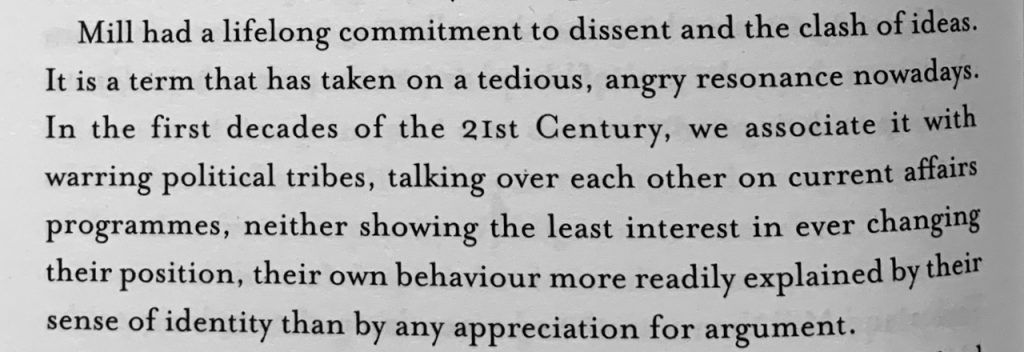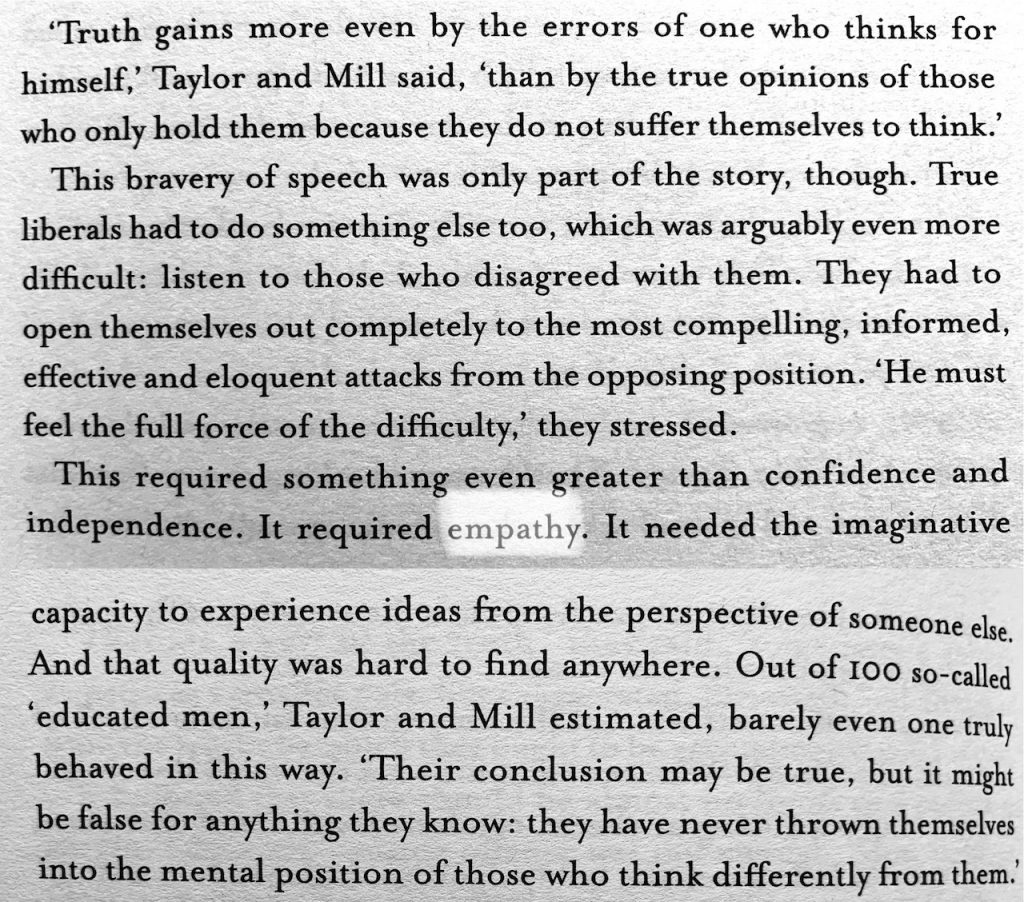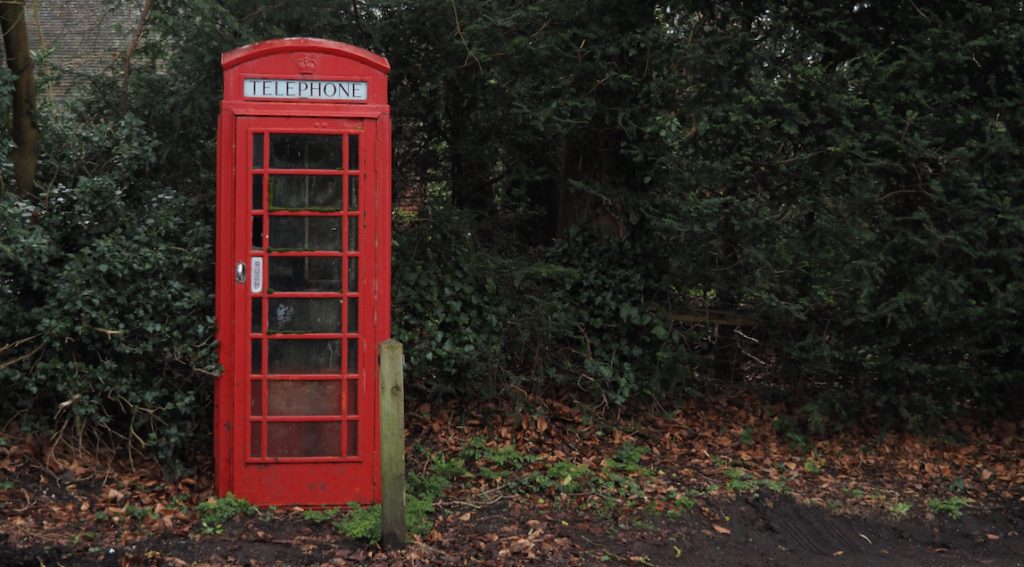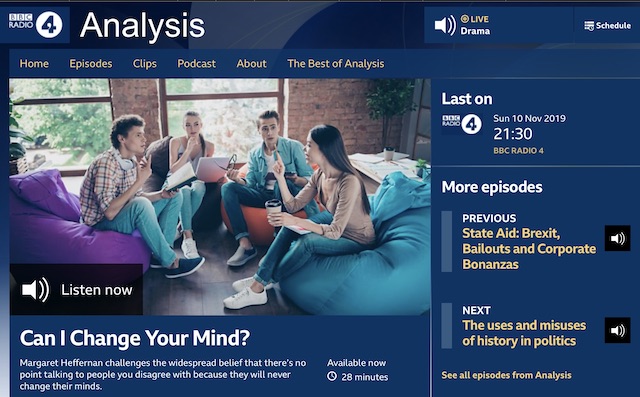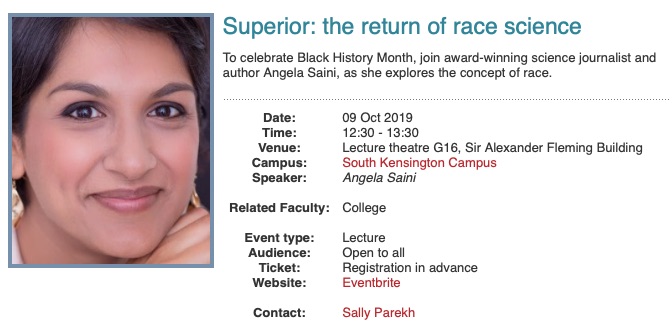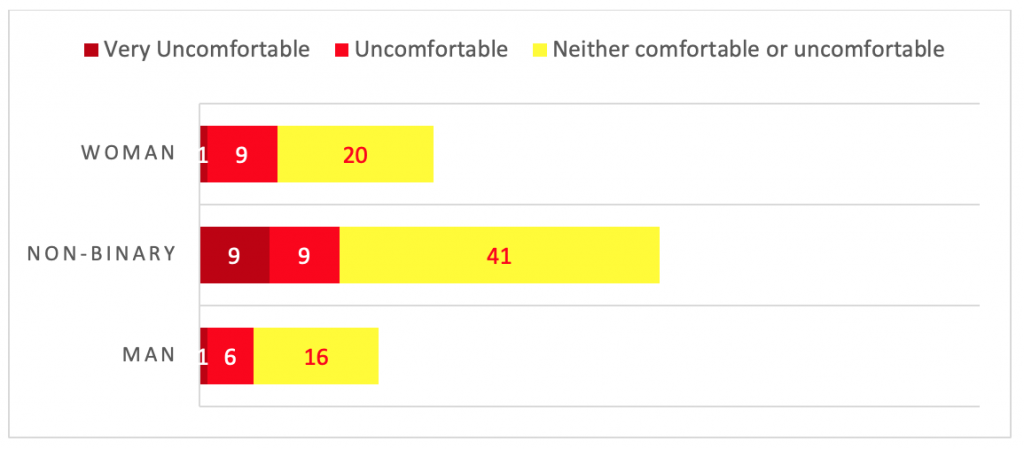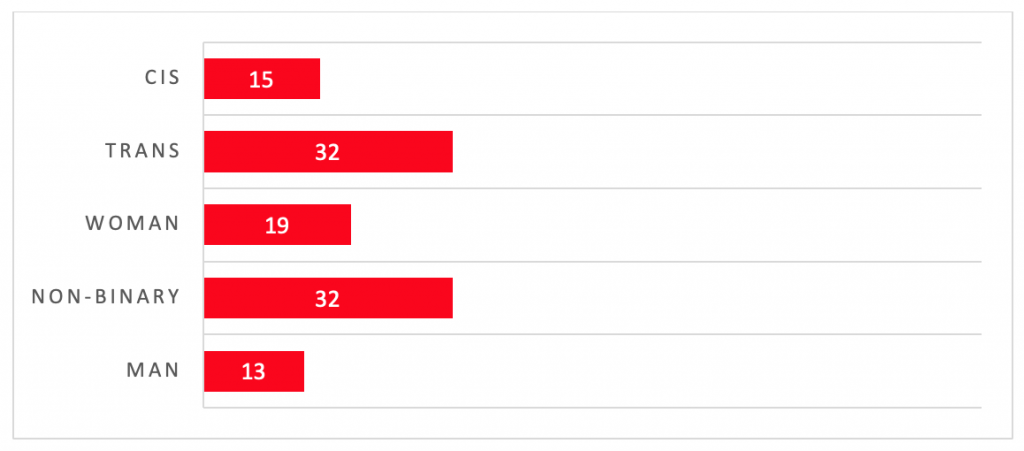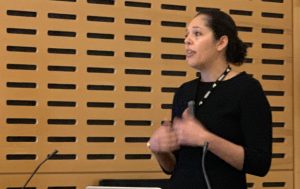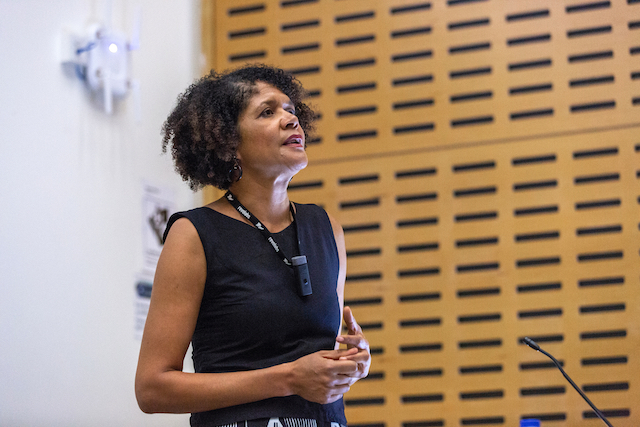Earlier today I convened a workshop to discuss different approaches to workload allocation models (WAMs). The workshop had been organised at the suggestion of the College Athena SWAN committee, in part to look at how important departmental roles are allocated across the university – a question that is part of the Athena SWAN application process. But it was also an opportunity to take a broader look at how staff contributions are monitored, allocated and recognised.
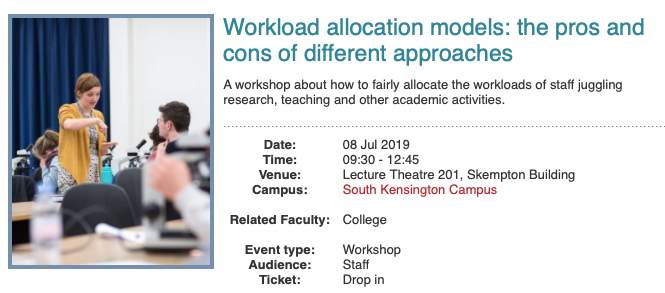
The workshop was structured to provide an overview from Prof. Alan Armstrong (HoD, Chemistry), who had researched workload allocation models as part of the thesis he wrote for his MBA, and perspectives from three other departments at Imperial. These came from Prof. Nick Voulvoulis (Centre for Envt. Policy), Prof. Deborah Ashby (HoD, School of Public Health) and Mrs Anusha Sri-Pathmanathan (Head of Faculty Operations and Dept. Operations Manager, Chem. Eng.). The slides from these talks (and my brief introduction) can be downloaded from this link.
Following the presentations, the speakers were joined on stage for a panel discussion by Dr. Bob Forsyth (DUGS, Physics), which gave the assembled audience an opportunity to dig further into some of the key issues that had been raised.
Alan recommended an influential 2008 study of WAMs by Lucinda Barrett and Peter Barrett which identified three distinct types:
- Informal– the HoD collects information, consults with staff and allocated duties
- Partial– usually only covers teaching and departmental duties as it is assumes that academics are already incentivised to undertake their research; as a result, total workloads are not recognised
- Comprehensive– teaching, research and departmental duties are all counted and used to determine allocations. This is the most data-intensive approach and can be hard to manage
In his 2015 survey of practices at Imperial, Alan found a couple of departments that took an informal approach and several that had partial WAMs (though still used different relative weightings of teaching and research activities). None took the comprehensive approach, though Alan did identify one instance of that at a northern UK research-intensive university.
As well as thinking through some of the technical details of WAMs, Alan identified a number of cultural features that are critical to successful implementation. These are a transformational rather than a transactional approach to leadership, which demonstrates understanding of the demands on staff and a visible commitment to equity; and consultation with staff in establishing and monitoring the process, which in turn requires a commitment to transparency.
In applying the lessons he learned through his research to the Chemistry department, Alan adopted a partial WAM. This takes account of UG and masters teaching, adds weight to new teaching activities and recognises departmental activities like committee membership. Some voluntary activities are also included (such as public engagement) but these may be capped to ensure that staff effort is well aligned with departmental priorities. Research and PhD student supervision are not included in the model. Each activity included has a tariff in hours, which was determined using insights provided by an anonymous survey of staff.
The results of the WAM are published in full, non-anonymously at the end of the academic year. Staff have the opportunity to comment and to correct any errors, after which a final, revised version is published.
Alan readily conceded that the Chemistry WAM is “far from perfect”. There remain challenges in trying to accommodate task preferences, ensuring a fair distribution of less popular activities and achieving the flexibility needed to manage changes in personal and institutional circumstances (e.g. parental leave; the curriculum review). The task of collecting the data is non-trivial and he has yet to arrive at a position where the tool can be used proactively by all staff in the department who are responsible for organising teaching.
Nick Voulvoulis then outlined the work that he has led to develop a WAM for CEP. The initial motivation for doing so came from their Athena SWAN committee who were keen to know if there were any gender inequalities in task allocation that needed to be addressed. The WAM has been created to address possible misconceptions about workloads, and to demonstrate a commitment to transparency and equity.
In some respects, the CEP scheme leans more towards the comprehensive end of the spectrum since it takes account of research, teaching and administration, for which a schedule of tariffs has been developed in consultation with academic staff. Research activity is estimated based on numbers of papers or book chapters published, as well as numbers of student and funded staff managed by the PI. At present the CEP WAM is not designed as an allocation tool – though it does support the HoD’s decision making; rather it is primarily to inform staff about their comparative contributions in the department.
Deborah Ashby does not yet have a WAM in the School of Public Health but has had experiences of different approaches at three other universities. She pointed out the particular challenges for departments in the Faculty of Medicine. Unlike other departments at Imperial, they have no control over UG admissions, which are done at faculty level; and some of their academics are balancing clinical work on top of regular academic roles. Deborah is interested to develop a WAM to help with managing and supporting staff – and to boost the profile of teaching. But she recognises the challenges both in collecting accurate data on what people are doing and in agreeing tariffs or weightings appropriate to each type of activity. This latter task is complicated by the extension of teaching to the online world – the SPH will be offering an online Masters in Public Health from this Autumn.
Anusha Sri-Pathmanathan prefaced her account of Chem Eng’s approach to WAMs with a discussion of the cultural review that the department had undertaken a couple of years ago. This helped to articulate a shared vision of a department rooted in fairness, transparency, flexibility and consultation, where people should enjoy participating and collaborating.
Their model is a mix of informal and partial approaches. Teaching loads are monitored to ensure that everyone is involved and the distribution is fair. But research is not part of the WAM (though information on research activity is monitored and provided to the HoD) and the sharing of administrative tasks is considered separately. Anusha maintains a matrix of contributions (e.g. roles such as DUGS, committee chairs) but they do not have associated tariffs. The Chem Eng approach has other dimensions. There is a Rewards and Recognition Committee which meets three times a year to decide on bronze, silver and gold awards for PDRAs and PTO staff for long-service or for particularly valuable contributions. In addition, various project teams have been established to build more of a team spirit within the department, as well as making it greener and more sociable. As Anusha concluded, this integrated approach is working well in the department: no one is asking for a more comprehensive WAM.
My thanks to all the speakers and to the audience for a great discussion of an important but knotty topic. The challenges vary from department to department, depending on size and discipline. There was unanimity that, whether one opted for informal, partial or comprehensive models for workload allocation, transparency and consultation with staff are key to success. Leadership that pays close attention to fostering a healthy departmental culture is clearly also critical.
Read Workload allocation models – the pros and cons in full


